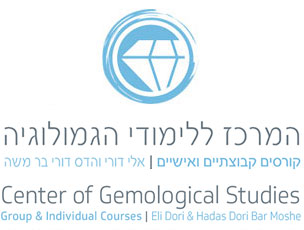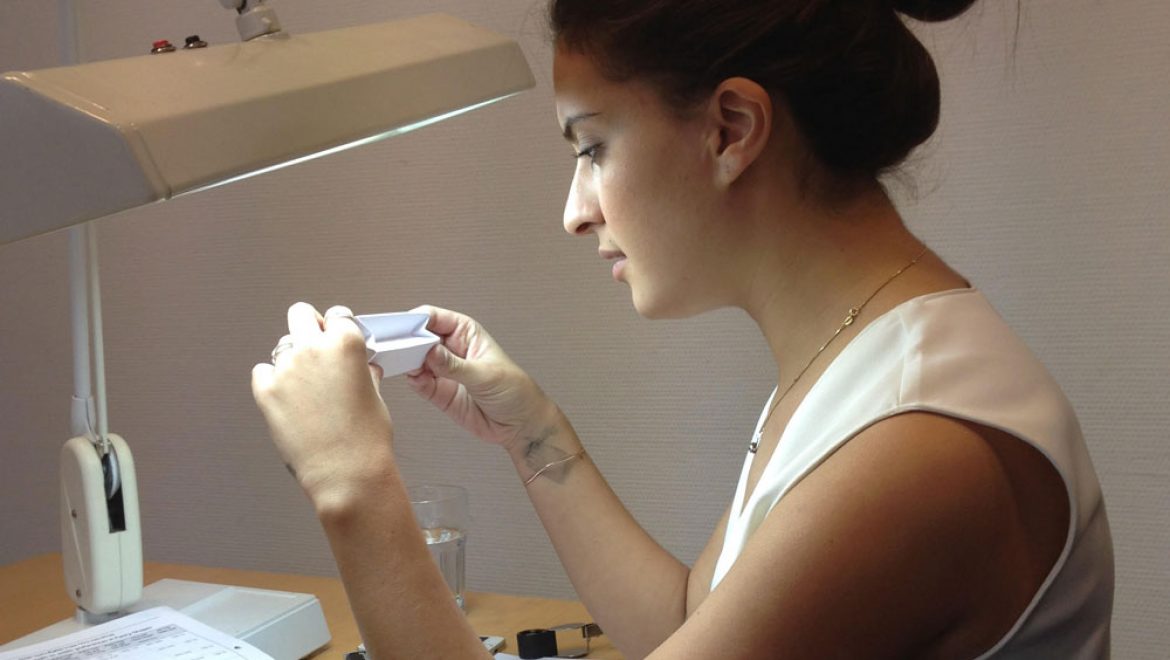COLOR OF DIAMONDS
The most common color of diamonds is white. It usually appears with a yellow or grey or brown hue. the highest color is D, which is completely white, the lowest color is Z which has a very clear yellow hue.
- D,E,F – These are the whitest diamonds, colorless and are often called “collection” diamonds. The difference among them is the transparency and clarity of the color. Other nick names for these diamonds are: River. When you want to note that the diamond is so whiter that it looks whiter than D color it is called Golokonda diamonds, after the Golokonda region that was the main diamonds supplier in the world since the 4th century until 1730. These diamonds are of a kind which is called: Type 2A. The GIA issues a special certificate for them.
- G ,H – These stones have a very slight hue of yellow (or gray or brown).
- I,J – These stones have light to medium hue of yellow (or gray or brown).
- K ,L – These stones have a strong hue of yellow (or gray or brown).
- M, N – These stones have a very strong hue of yellow (or gray or brown).
- N – Z – Any stone which is more yellow than N and less yellow than Z is called CAPE or DARK CAPE, after the Cape region in South Africa, where the rush for diamonds began in 1869. These are the cheap colors, and are sold with no list. The GIA grades them by their range. For instance: W-X or Y-Z range.
- Fancy Yellow – Any stone which is more yellow than Z is called Fancy Yellow and its value is higher.
For an extensive reading on fancy colors of diamonds click here >>>
For an extensive reading on color enhanced diamonds click here >>>
Rules regarding selection of Master Stones
- All of the master stones should be in the same border of color range.
D+ D D- E+ E E- F+ F F- G+ G G- H+ H H- I+ I I- J+ J J- K+ K K- L+ L L-
High border of color range series:
| D+ | E+ | F+ | G+ |
| H+ | I+ | J+ | K+ |
Low border of color range series:
| D- | E- | F- | G- |
| H- | I- | J- | K- |
Two color range series:
| D- | E- | F- | G- |
| I+ | J+ | K+ | L+ |
- The master stones should be over 0.30 carats, and 0.50 carats is preferred.
- The master stones should be of VS2-SI2 clarity grade.
- The master stones should not be fluorescent.
- The master stones should not be cloudy.
- The master stones should have only yellow hue (not brown or gray).
- The master stones should be of a good cut.
Rules regarding checking color
- Check color in a white environment.
- Check color under a “daylight” fluorescent lamp.
- Check color against a clean white piece of paper.
- Clean the stone.
- Place the stone with the crown facing down on the color paper and check the color concentrations in the culet and on the sides of the girdle. The color checking is done from the pavilion, since round stones start to show color from the crown only from I, J colors.
- It is better to check the color in the morning (before noon).
- You can blow gently on the stone. This masks the stone’s brilliance and emphasizes its color.
Rules regarding working with Master Stones
- Compare the color concentration of the stone to the color concentration of the master.
- Keep a slight gap between the master stone and your stone in order to prevent an optical illusion of color transmission.
- You should check the color of the stone once from the left side of the master and once from the right side of the master-“Master eye effect”.
- It is better to check the clarity of the checked stone before checking color in order to prevent an accidental confusion between the stone and the Master Stone.
Would you like to learn more about diamonds? You can approach the Center of Gemological Studies and register to the most prestige, affluent and respected gemology course in the Israeli Diamond Center.
Hadas Dori Bar Moshe also lectures about diamonds in her lecture: The Secrets of the Diamonds.


